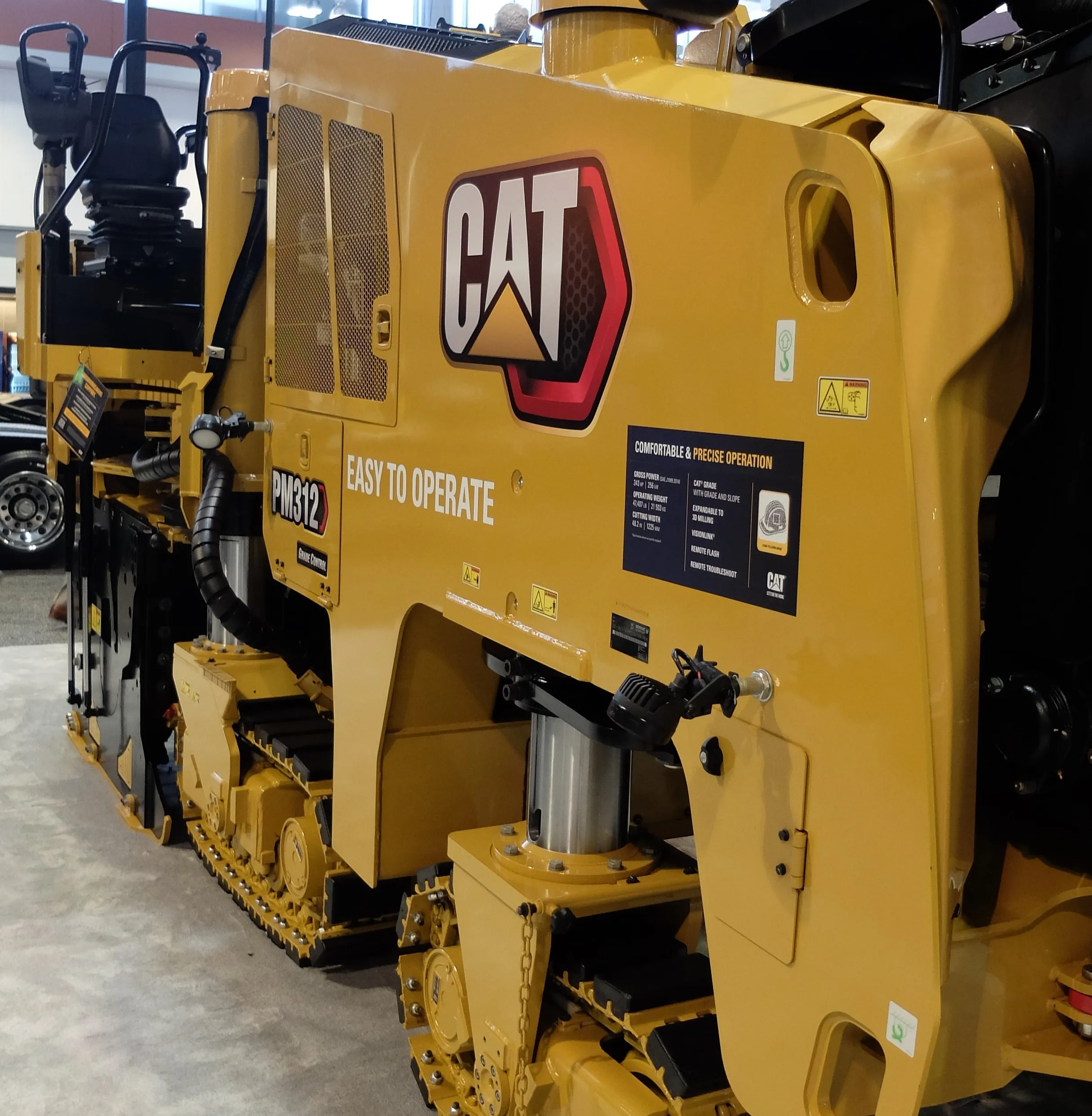A Multihog multi-purpose utility vehicle was recently delivered to one northern England-based local authority to help keep its local road network safe and in good condition. TransLinc supplied the Mutihog machine to Rotherham Metropolitan Borough Council (RMBC) under a 10-year partnership contract. The utility vehicle is initially being used for patch planing. Along with the planer attachment the RMBC also ordered winter service attachments in readiness for next winter. Having the hydraulically operated gri
July 20, 2012
Read time: 2 mins
A Multihog multi-purpose utility vehicle was recently delivered to one northern England-based local authority to help keep its local road network safe and in good condition.
TransLinc supplied theThe utility vehicle is initially being used for patch planing. Along with the planer attachment the RMBC also ordered winter service attachments in readiness for next winter. Having the hydraulically operated gritter unit and the heavy-duty lift, tilt and angle snow plough available will enable snow clearing to be carried out should the bad weather return before then.
Previous RMBC patch planing operations relied on traditional methods which involved the use of multiple vehicles and manual breaking.
“We had looked for a while for a quicker and more effective way to carry out these types of repairs. Smaller machines were not up to the job and I was of the opinion that there was definitely a gap to be filled in the market,” said David Hepworth, the council’s highways delivery manager.
The Multihog was said to be successfully trialled for two days in real-time repairs. The combination of the powerful base unit and the 400mm wide planer attachment were, according to Multihog, found to be a time saving and efficient method which also eradicated the need for manual breaking.
Planing to a depth of 125mm, the attachment is also said to save the cost of infill materials by accurately removing only what is needed. This also produces a sound base for reinstatement and is said to reduce transport and recycling costs by creating a re-usable material.
“The Multihog machine’s versatility means that we will be using it within a planned scheme of first time fixing of pot holes and for major maintenance scenarios in future,” added Hepworth.








